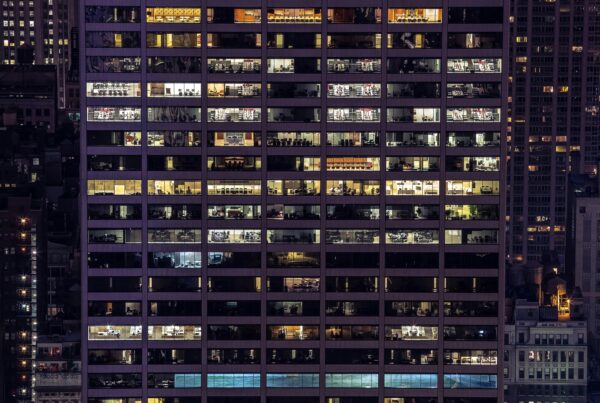Before we let go of October, here are a few of our favorite stories that piqued our interest and gave us an insight or two about our world. Welcome to our monthly story roundup.
The Meat of the Matter: WHO’s Announcement Regarding Processed Meat
Health experts have always warned us that most processed foods aren’t very good for our body, more or less. So it wasn’t surprising when earlier this week the World Health Organization, via its International Agency for Research on Cancer, released its report that processed meat (think: bacons, sausages, hotdogs,hams, cornedbeef, etc.) was carcinogenic.

Yummy yet carcinogenic? WHO’s recent report gave processed meat a bad rap. (Photo courtesy of Chron.com)
Many people reacted to the findings, arguing that it was misleading for the report to classify processed meat in the same group as tobacco smoking. WHO was quick to explain that cancer risks are not necessarily the same for both of them.
And it’s not just processed meat: consumption of red meat should be limited too, although the report admits the evidences linking red meat and cancer are still inconclusive. As always, moderation is the key.
Dirty Poop = Clean Energy
D.C. Water in Washington D.C. has just began processing sewage and converting it to clean energy. To achieve this, the utility company is using thermal hydrolysis system first developed by Norweigian company CAMBI. The system took four years to install and cost $470 million.
Another byproduct D.C. Water plans to process from human waste is Class A compost, which can be used as fertilizer for gardens and landscaping, further reducing the plant’s carbon footprint.
Over at Nairobi, where toilets are scarce especially in many informal settlements, facilities called bio-centers have also been turning human waste to energy. Methane gas from poop is captured via these high-tech toilets, which can then be turned to biogas for various domestic needs such as lighting, cooking, and even hot showers. As the Guardian notes, human waste just might be the ultimate source of renewable energy.
Beavers to the Rescue
No doubt California’s extreme dry spell is forcing everyone to rethink their water consumption. It’s also encouraging ecologists to consider a back-to-nature approach. Their plan: to repopulate the region with beavers, those industrious creatures with a penchant for building dams.
It’s been long known that beaver-built dams slow down water flow, allowing it to seep underground to recharge aquifers well enough to last the dry season. The dams also spread it the water to nearby areas, creating wetlands that support various plants and animals including fishes like salmon.
Usually considered as pests, beavers actually help nature’s hydrologic cycle with their laboriously created dams.
The Internet Celebrates Back to the Future Day
For fans of the ultimate time-travel movie Back to the Future trilogy, October 21, 2015 is a special day, the day Marty McFly and Doc Brown zoomed into the future strapped to their DeLorean time machine.

Back to the Future 2 gave us a future where hoverboards are a commonplace as a kid’s toy. Almost there. (Screenshot from Newsweek)
The Internet was abuzz with things this 1989 adventure comedy got right about technology in 2015 (such as 3D movies, wearable tech, huge widescreen TVs, videoconferencing, and biometrics), as well as things that didn’t quite pan out (such as those nifty self-tying Hyperdunks and the double neckties).
We’re not quite there with the hoverboard, but you’ll be amazed with what some companies have come up with.
Via Quartz
The Virtue of Ants
Researchers from Georgia Institute of Technology have been getting busy with fire ants—not to explore the biology of the insects but to study their peculiar mechanistic behavior as a group. Apparently, ant aggregations have the ability to shape-shift and self-assemble in response to their environment: they can link up into a kind of floating rafter during floods, and when trapped in a vessel applied with pressure, they can play dead and go with the flow to avoid being injured.
Hopefully, this viscoelastic property of throngs of ants can be applied to making materials such as windows and walls less prone to shattering, flowing instead back into shape like these self-adjusting ants.










